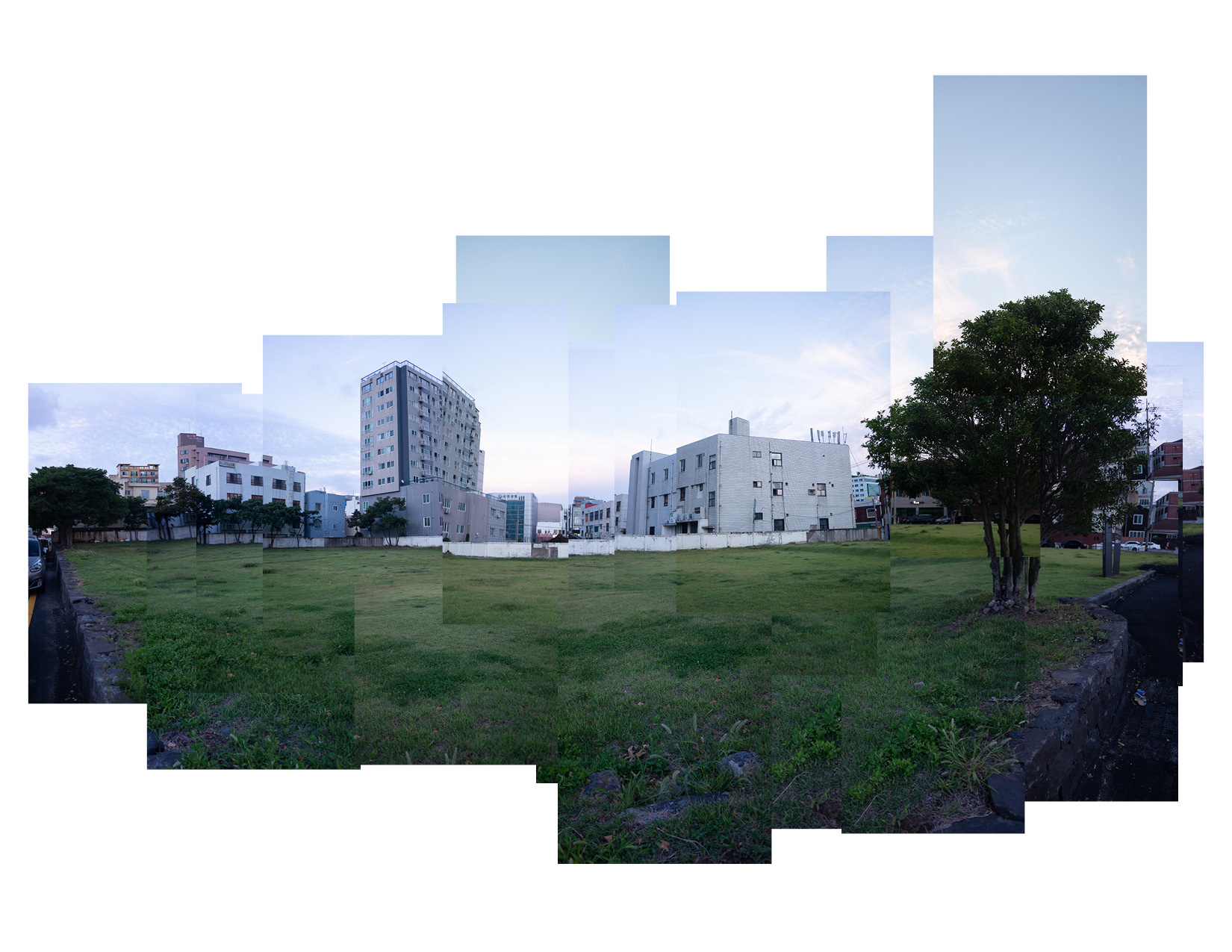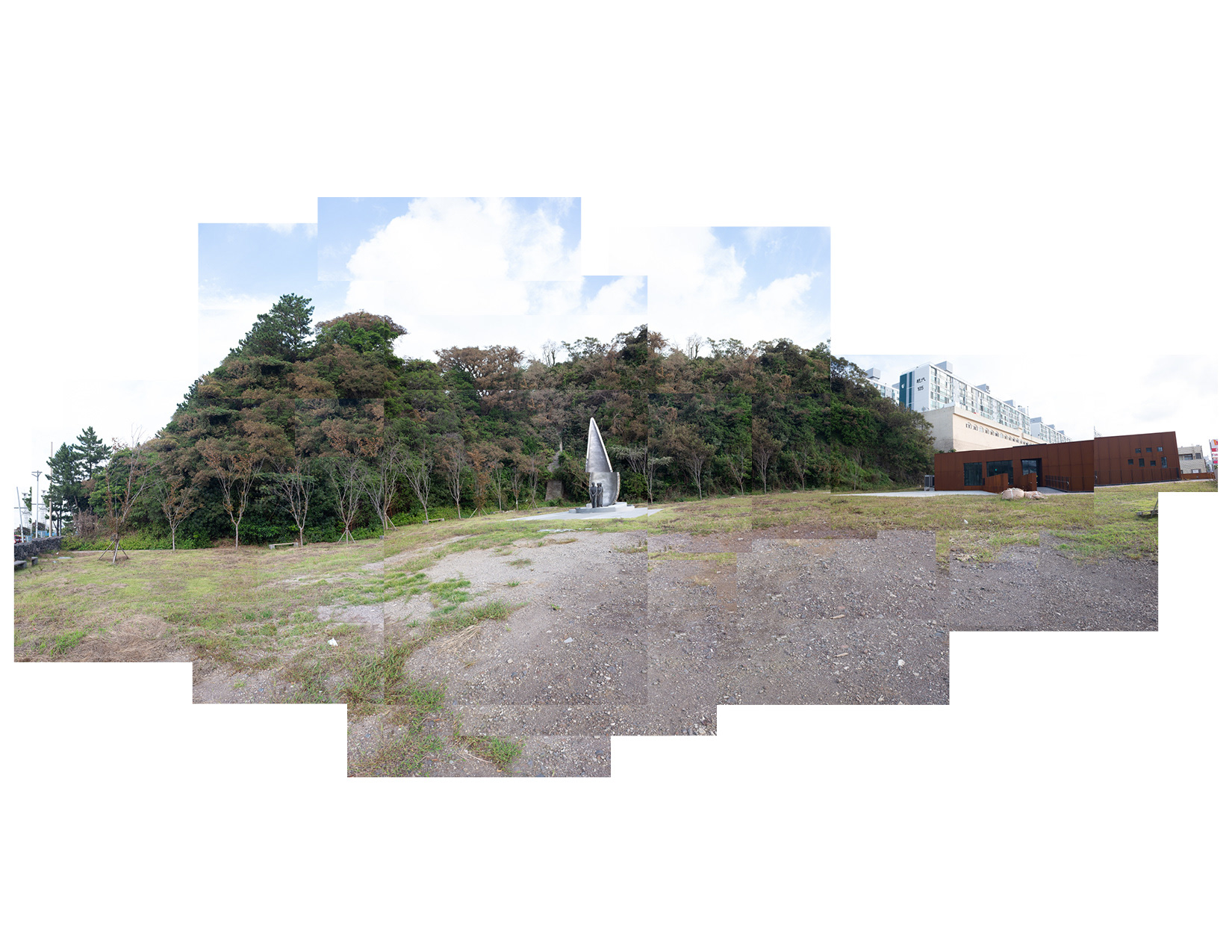// In progress // 2023
At the of WWII, Jeju Island, in South Korea, had an active, organized and progressive movements for a unified and independent Korean nation. Triggered by the division of Korea into North and South, the populace protested and right-wing South Korean police and paramilitary forces, under the control of the U.S. military, violently suppressed the uprising. The 4.3 Jeju massacres, from 1948 to 1954, claimed nearly 30,000 civilians (10% of Jeju’s population).
After decades of censorship, a reconciliation process began in the late 1990s that documented and memorialized Jeju massacre sites.
The earth has memory. It is an abiding witness to all that takes place upon it. Even if the ground is upturned or removed or dug up for a mall, its memory of place and time remains in its geologic ecosystem.
This project visits various sites of the Jeju massacres to consider the earth as witness to the violence that has taken place upon it. From multiple small individual overlapping images of various massacre sites, I construct a singular landscape image. The sites are deep in the forest, in the middle of the city, on the seashore. Like a mosaic, the view is fractured and coherent at the same time. Like our memories, the image is ambiguous and clear. As the earth holds the memory, we become its holders as well.







